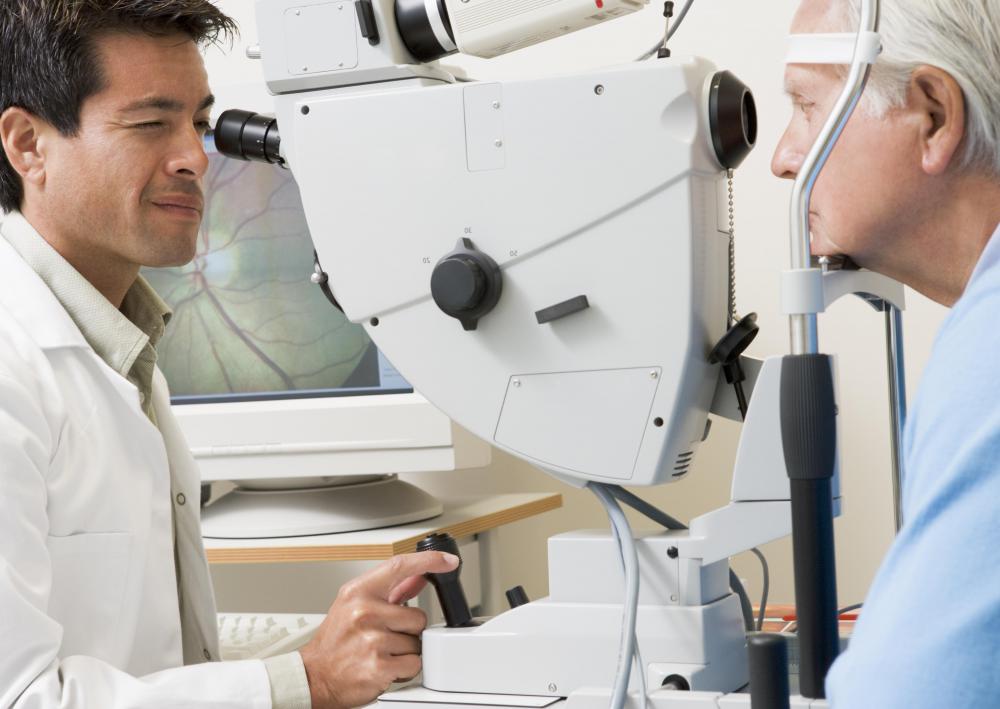At TheHealthBoard, we're committed to delivering accurate, trustworthy information. Our expert-authored content is rigorously fact-checked and sourced from credible authorities. Discover how we uphold the highest standards in providing you with reliable knowledge.
What is Anisocoria?
When pupil size in the eyes is different and one is either smaller or larger than the other, the medical term for this is anisocoria. The condition is not necessarily indicative of anything being wrong, and it’s actually pretty common for people to have a perceptible but slight pupil size difference. On the other hand, anisocoria may indicate some very severe conditions, and it’s advised that people see an ophthalmologist if this symptom is suddenly noted.
As previously stated, a number of different reasons exist for pupil size variations. Sometimes these are serious. Horner’s syndrome, which may occur as a congenital disorder, from neck injury, or due to presence of tumors or other illnesses, may be diagnosed by eye appearance. A pupil that is very small, drooping eye, and bloodshot eye might be suggestive of this condition. Rate of recovery from Horner’s varies and depends on cause, but if cured, the pupils could become similar in size again.

A large pupil that will not dilate in the light suggests other illnesses. Sometimes people have this reaction when they use certain forms of eye medication or if they’re exposed to different kinds of chemicals. The pupil size may normalize when exposure ends. Another interesting condition that causes one pupil to fail to react to light is called Adie pupil, and its origins are unknown though the condition may improve over time.

Anisocoria doesn’t necessarily mean benign things, particularly if it occurs in association with head injury. Failure for a pupil to respond to light can sometimes mean bleeding in the brain. This could occur from blunt force trauma or if an aneurysm suddenly bursts. Other things that might cause this symptom are strokes or nerve damage. Different paralyzes or palsies that affect optic nerves might also result in anisocoria.

Given the range of potential causes, different-sized pupils are a medically valid basis to see the ophthalmologist. The doctor may make a full exam and one thing that needs to be determined is which eye is actually affected. Once it’s determined that one pupil is smaller or larger, eye doctors can start to inquire about behaviors or other symptoms that could indicate a reason. Certain conditions like acquired Horner’s syndrome or suspected head injury might mean the doctor must call other specialists to help narrow down cause.

In many circumstances, pupil size differences aren’t treated, but underlying conditions may require immediate attention. It’s difficult to discuss a single treatment of anisocoria since the things that might evoke its appearance are so variable. Therefore, people can expect that treatment will be highly individualized and depend on any, if they exist, underlying circumstances.
AS FEATURED ON:
AS FEATURED ON:


















Discuss this Article
Post your comments